Introduction: Finding Your Perfect Couch Potato Companion
Are you searching for a furry friend who prefers napping to jogging? You’re not alone. Many prospective pet parents are specifically seeking low energy dog breeds that match their relaxed lifestyle. Whether you live in an apartment with limited space, have mobility issues, or simply prefer a more laid-back companion, low energy dog breeds offer the perfect solution.
The good news is that plenty of canine companions are naturally inclined to lounge around rather than run marathons. These low energy dog breeds still provide all the love, companionship, and cuddles you could want—just without the excessive exercise requirements that come with more active breeds.
In this comprehensive guide, we’ll explore eight of the best low energy dog breeds that make excellent cuddle buddies. These calm dog breeds are known for their affectionate nature and preference for relaxation over exertion. We’ll cover both small and large low-energy options, examine their temperaments, and discuss what makes them ideal for owners seeking a more relaxed pet experience.
Why Choose a Low-Energy Dog Breed?
Before diving into specific breeds, let’s explore why low energy dog breeds might be the right choice for you:
Perfect for Apartment Living
Many low energy dog breeds adapt well to apartment living. Unlike their high-energy counterparts, these relaxed dog breeds don’t require vast spaces to burn off excess energy, making them ideal for urban dwellers with limited square footage.
Great for Busy Professionals
While all dogs require attention and care, low-maintenance dog breeds often cope better with being alone for moderate periods. This makes them suitable companions for working professionals who can’t be home all day.
Ideal for Seniors or Those with Limited Mobility
For seniors or individuals with mobility challenges, the laziest dog breeds offer companionship without the physical demands of walking a high-energy pet multiple times daily. These dogs that don’t need much exercise are content with gentle, short walks.
Suitable for First-Time Dog Owners
Easygoing doghttps://petsmemes.com/category/dogs/ breeds typically present fewer training challenges and adapt more readily to various living situations, making them excellent choices for first-time dog owners.
Compatible with Relaxed Lifestyles
If your ideal weekend involves binge-watching shows rather than hiking trails, you’ll appreciate a canine companion who shares your love of lounging. The best dogs for lazy owners match their human’s energy levels.
Now, let’s explore the top low energy dog breeds that combine a love of relaxation with an affectionate disposition.
8 Best Low Energy Dog Breeds for Cuddle Enthusiasts
1. Cavalier King Charles Spaniel
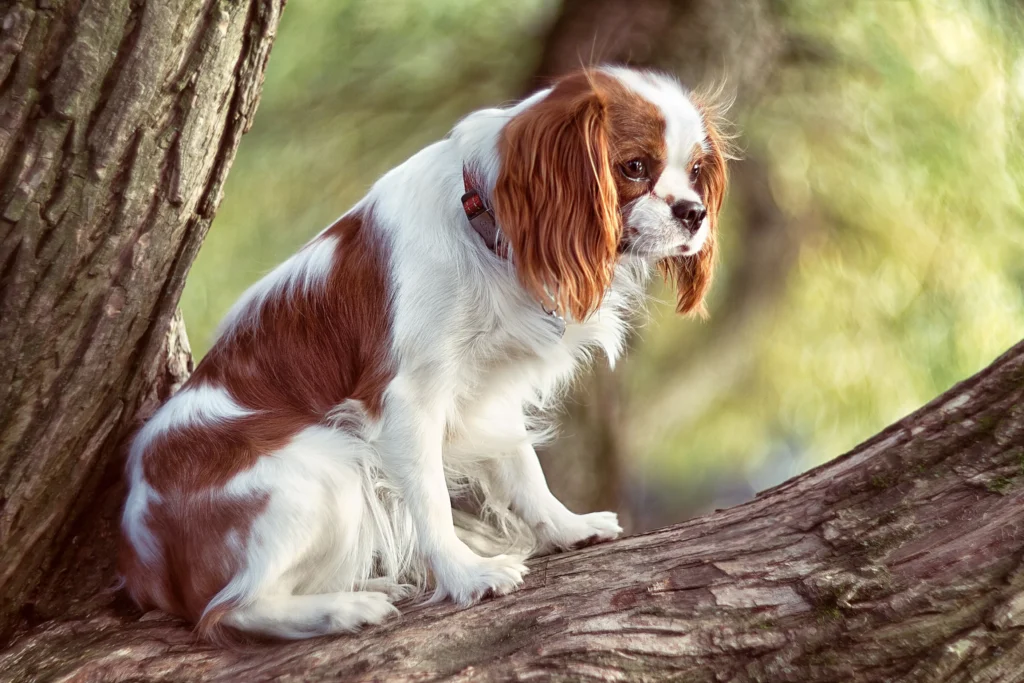
The Cavalier King Charles Spaniel tops many lists of calm dog breeds, and for good reason. These elegant, gentle pups perfectly balance affection with low exercise needs.
Energy Level: Low to Moderate
Size: Small (13-18 pounds)
Temperament: Sweet, gentle, and affectionate
Why They’re Perfect Cuddle Buddies:
Cavaliers were specifically bred to be companion dogs for nobility, and their primary purpose in life is to provide companionship. These dogs thrive on human contact and are happiest when snuggled up beside their favorite person. Their silky coat makes them especially pleasant to pet and cuddle.
Exercise Needs:
While Cavaliers enjoy short walks and occasional playful moments, they’re primarily content with indoor living. A 20-30 minute walk daily is typically sufficient to keep these low energy dog breeds happy and healthy. They quickly adapt to their owner’s lifestyle, making them one of the best low energy dog breeds for families or individuals seeking a relaxed pet.
Considerations:
Cavaliers can be prone to certain health conditions, including heart issues, so regular veterinary care is essential. Their beautiful coat requires regular brushing to prevent matting.
For those seeking small, lazy dog breeds with an abundance of affection to offer, the Cavalier King Charles Spaniel is difficult to beat. These non-active dog breeds still provide plenty of love without demanding extensive exercise.
2. Bulldog
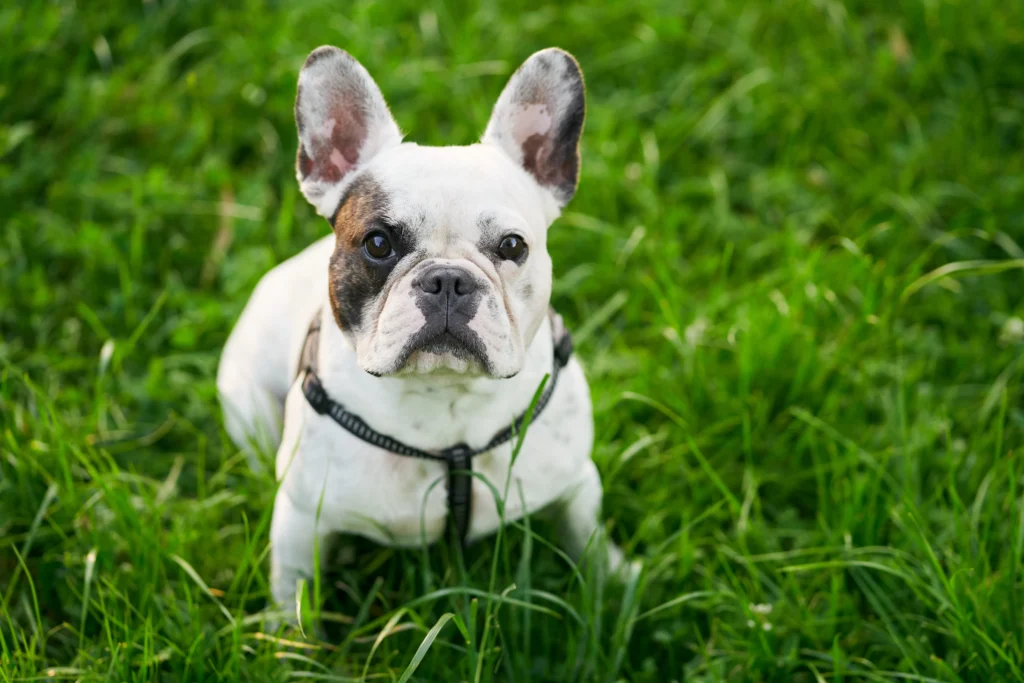
Bulldogs, with their distinctive wrinkled faces and stocky builds, are the epitome of low energy dog breeds. These charming, strong-looking dogs are actually among the laziest dog breeds around.
Energy Level: Very Low
Size: Medium (40-50 pounds)
Temperament: Docile, friendly, and determined
Why They’re Perfect Cuddle Buddies:
Bulldogs form strong bonds with their families and show their affection through proximity. They’re known for following their owners from room to room, only to flop down for another nap once settled. Their stout bodies make excellent warm pillows during movie marathons, and they’re typically patient with handling, making them one of the most huggable low-maintenance dog breeds.
Exercise Needs:
Bulldogs typically need just 20-30 minutes of gentle exercise daily. Due to their brachycephalic (flat-faced) nature, they’re not built for strenuous activity or hot weather. Brief, leisurely walks are perfect for these dogs that don’t need much exercise. Many Bulldog owners find their pets naturally limit their activity level, preferring to conserve energy for important activities—like napping.
Considerations:
Their facial wrinkles require regular cleaning to prevent infections, and they can be prone to overheating in warm weather. Bulldogs may also snore considerably, which some owners find endearing but others might find disruptive.
Whether English, French, or American, Bulldogs consistently rank among the best low energy dog breeds for those seeking a companion who prioritizes rest over activity.
3. Basset Hound
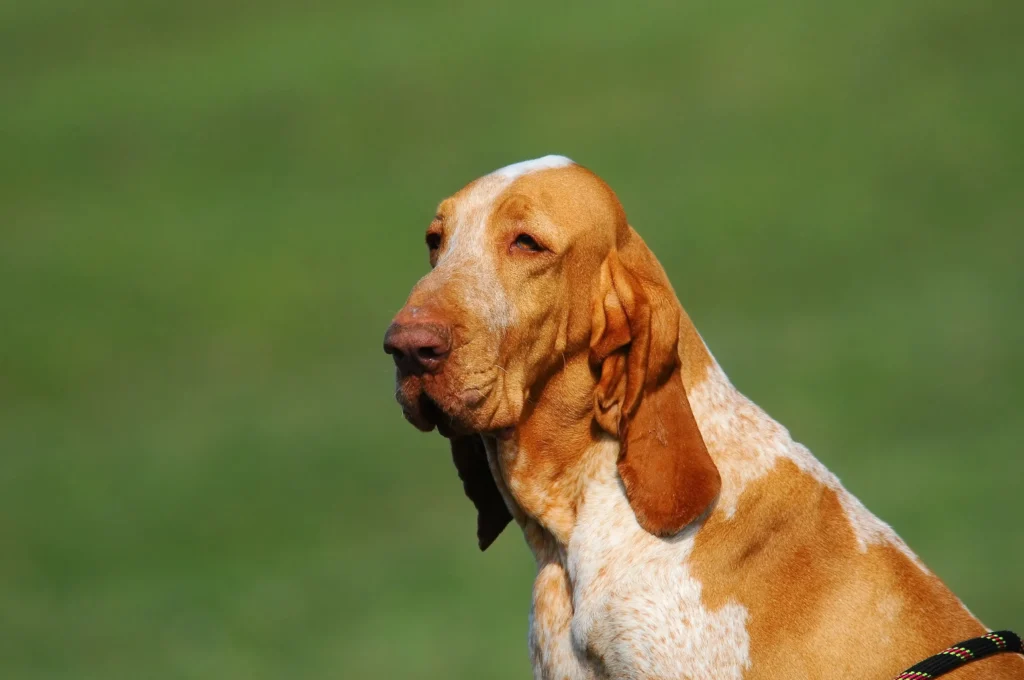
With their long ears and soulful eyes, Basset Hounds are not only distinctive-looking but also rank high among the most relaxed dog breeds available.
Energy Level: Low
Size: Medium (40-65 pounds)
Temperament: Patient, friendly, and laid-back
Why They’re Perfect Cuddle Buddies:
Basset Hounds are affectionate dogs that form strong bonds with their families. Their short legs and long bodies make them perfect for lap sitting, despite their medium size. These easygoing dog breeds have a gentle, patient nature that makes them excellent companions for quiet evenings at home.
Exercise Needs:
While Bassets enjoy sniffing adventures (they were bred as scent hounds, after all), they don’t require intense exercise. A couple of 20-30 minute walks daily satisfies their physical needs. These low energy dog breeds are content to spend the majority of their day lounging around the house, making them ideal for less active owners.
Considerations:
Bassets can be stubborn and may require patient training. Their long ears need regular cleaning to prevent infections, and their vocal “baying” might not be suitable for apartment living without proper training.
If you’re looking for large low energy dog breeds with a gentle disposition, the Basset Hound offers the perfect combination of size, temperament, and minimal exercise requirements.
4. Shih Tzu
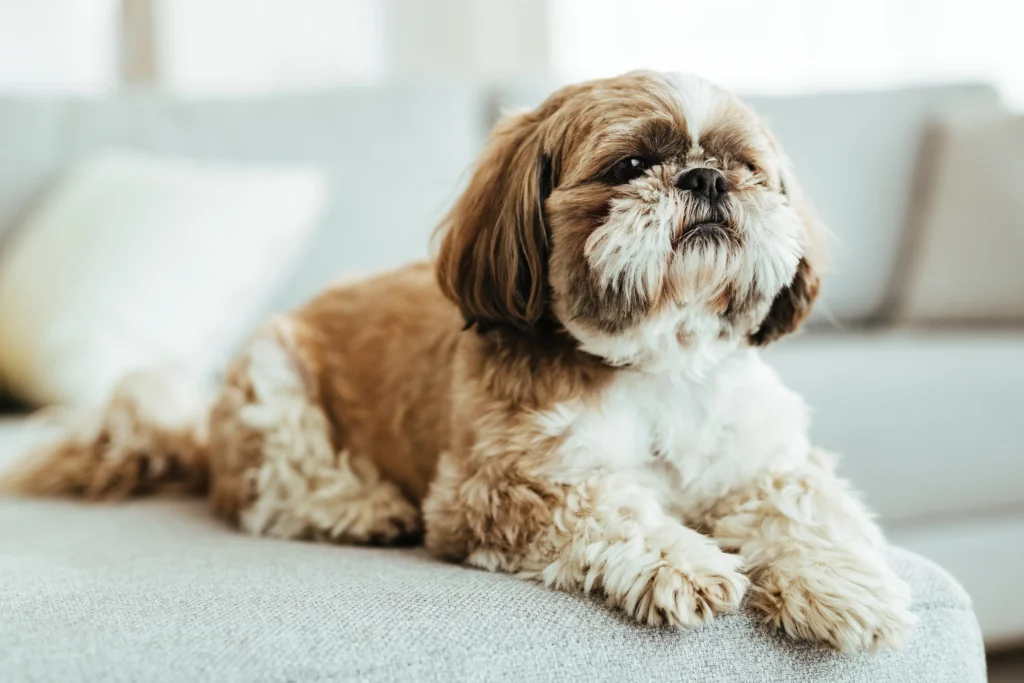
The Shih Tzu, whose name means “little lion,” was bred specifically to be a companion dog in Chinese imperial courts. These small but regal dogs remain one of the best low energy dog breeds for apartment dwellers.
Energy Level: Low
Size: Small (9-16 pounds)
Temperament: Affectionate, playful, and outgoing
Why They’re Perfect Cuddle Buddies:
Shih Tzus were bred for thousands of years with one purpose: to be companions. This single-minded breeding has resulted in dogs that genuinely enjoy being with people. They’re one of the most affectionate lazy small dog breeds, known for their loving nature and desire to be wherever their humans are—preferably on their laps.
Exercise Needs:
A short daily walk and some indoor play is typically enough exercise for these sleepy dog breeds. Shih Tzus are content with minimal physical activity, making them perfect dogs for lazy owners or those with limited mobility. Their small size means they can get adequate exercise even in confined spaces.
Considerations:
Their long, flowing coat requires regular grooming unless kept in a shorter “puppy cut.” Shih Tzus can also be somewhat stubborn during training but respond well to positive reinforcement.
For those seeking small, low energy dog breeds with royal flair, the Shih Tzu offers affection, adaptability, and minimal exercise requirements in an adorable package.
5. Great Dane
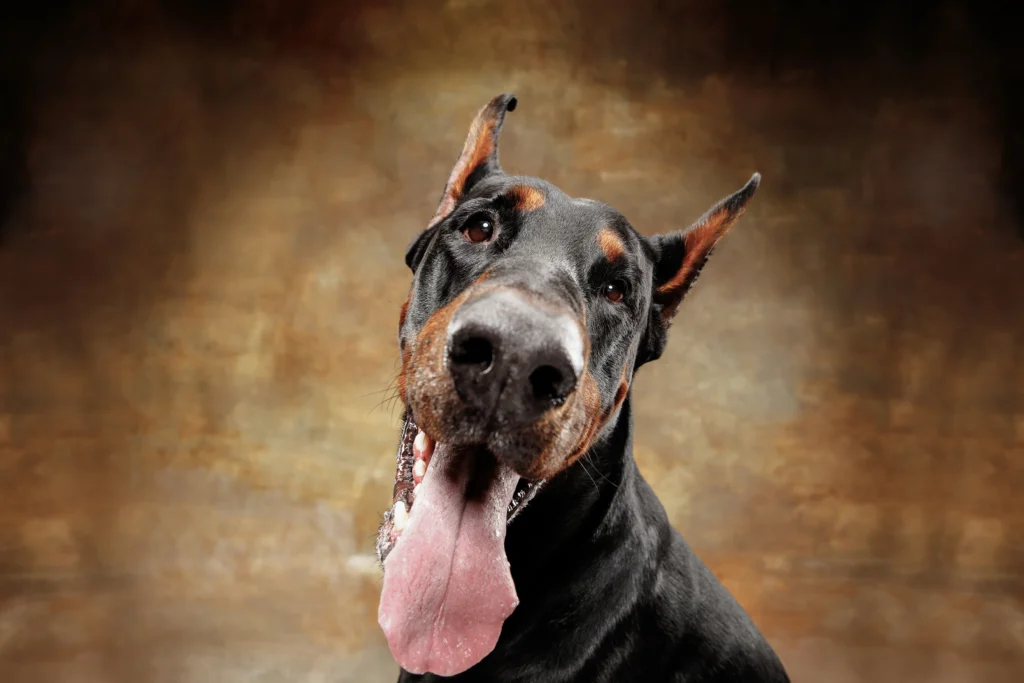
Surprising to many, Great Danes—despite their impressive size—are actually among the most notable couch potato dog breeds. These gentle giants are living proof that size doesn’t always correlate with energy levels.
Energy Level: Low to Moderate
Size: Very Large (110-175 pounds)
Temperament: Gentle, friendly, and mild-mannered
Why They’re Perfect Cuddle Buddies:
Great Danes are often described as “gentle giants” for good reason. These dogs form deep bonds with their families and are known for their affectionate nature. Despite their size, many Great Danes believe they’re lap dogs and will attempt to cuddle—often with comical results. They’re among the most huggable large low energy dog breeds available.
Exercise Needs:
While young Great Danes may have bursts of playful energy, adult Danes typically settle into a relaxed lifestyle. One or two moderate walks daily (totaling about 30-60 minutes) is usually sufficient. These dogs that like to lounge appreciate their rest time and can sleep up to 18 hours a day.
Considerations:
Their size means they require more space than other low energy dog breeds, though they adapt surprisingly well to apartment living if given adequate daily walks. Great Danes have shorter lifespans than smaller breeds (typically 7-10 years) and can be prone to certain health issues like bloat.
For those with space to accommodate them, Great Danes offer the perfect combination of imposing size and gentle, low-energy temperament.
6. Pekingese
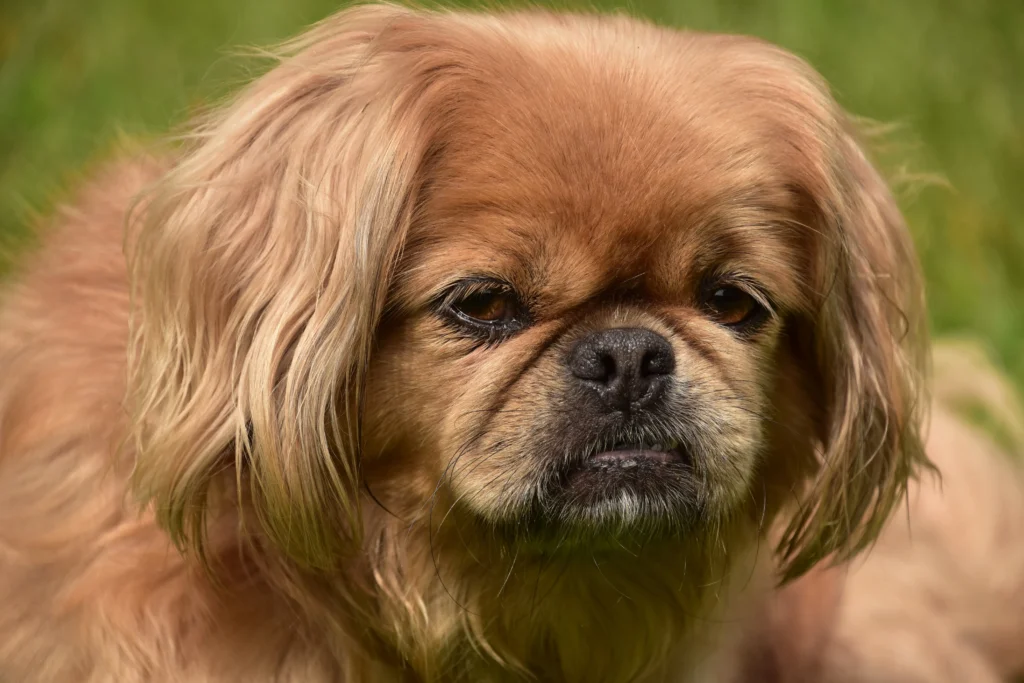
Another imperial Chinese breed, the Pekingese was developed as a companion for royalty. These dignified little dogs remain among the best low energy dog breeds for those seeking a small but regal pet.
Energy Level: Very Low
Size: Small (7-14 pounds)
Temperament: Independent, loyal, and dignified
Why They’re Perfect Cuddle Buddies:
While Pekingese maintain a certain dignified independence, they form strong bonds with their chosen people. These lazy small dog breeds enjoy being near their owners and will often find the most comfortable spot in the room—preferably next to or on their favorite human. Their thick, soft coat makes them particularly pleasant to pet and cuddle.
Exercise Needs:
Pekingese are among the least active dog breeds available. A short daily walk of 15-20 minutes is typically sufficient, making them ideal for owners with limited mobility or time. These non-active dog breeds prefer lounging to running and are content with minimal physical exertion.
Considerations:
Their flat faces can make them prone to breathing difficulties and overheating. The Pekingese’s luxurious coat requires regular grooming to prevent matting. They can also be somewhat stubborn and independent, requiring patient training.
For those seeking small, low-maintenance dog breeds with a royal bearing, the Pekingese offers minimal exercise requirements paired with maximum personality.
7. Newfoundland

Often called “Newfies,” these impressive water dogs are known for their sweet temperament and surprising place among the most relaxed dog breeds.
Energy Level: Low to Moderate
Size: Very Large (100-150 pounds)
Temperament: Sweet, patient, and gentle
Why They’re Perfect Cuddle Buddies:
Newfoundlands are renowned for their exceptionally gentle and affectionate nature. These dogs that like to lounge are often described as “nanny dogs” due to their patient disposition with children. Their thick, plush coat makes them wonderful to hug, and many Newfies actively seek physical closeness with their families.
Exercise Needs:
Despite their working dog background, adult Newfoundlands typically have moderate to low energy levels. They enjoy daily walks and occasional swimming opportunities (they excel at water activities), but are generally content with about 30 minutes of exercise daily. These large low energy dog breeds spend much of their day relaxing around the house.
Considerations:
Their size requires adequate space, and their thick coat sheds considerably and needs regular grooming. Newfoundlands also drool significantly—something potential owners should be prepared for.
For families seeking large, gentle, low energy dog breeds with an affectionate nature, the Newfoundland offers an ideal combination of size, temperament, and moderate exercise needs.
8. Chow Chow
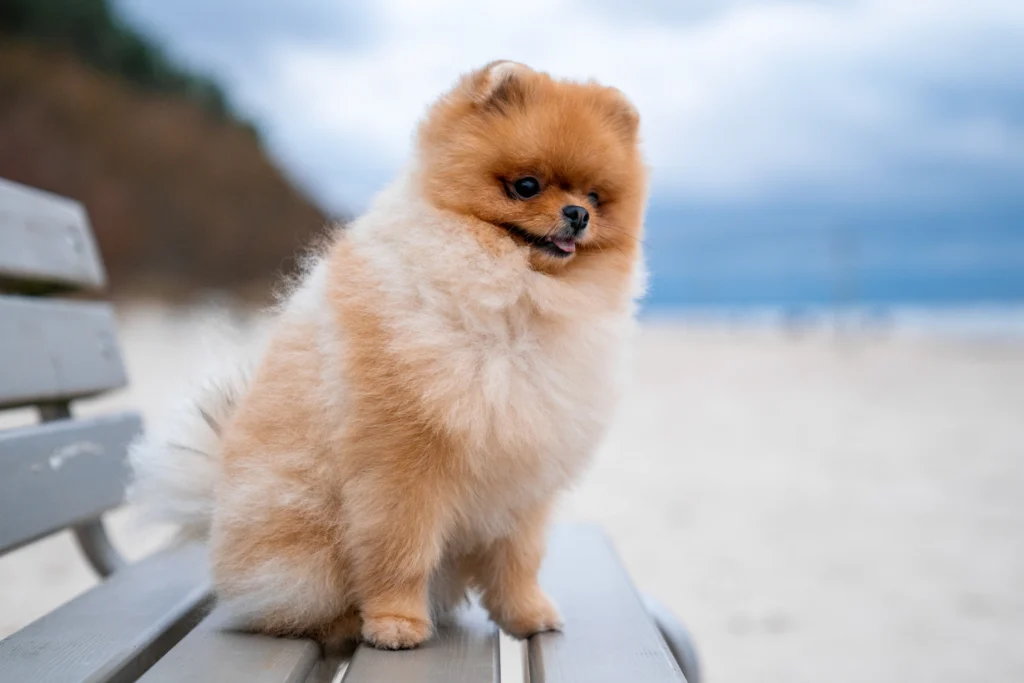
With their distinctive lion-like appearance and blue-black tongues, Chow Chows stand out among low energy dog breeds for their unique look and independent nature.
Energy Level: Low
Size: Medium (45-70 pounds)
Temperament: Independent, loyal, and dignified
Why They’re Perfect Cuddle Buddies:
While Chows are more reserved than some other breeds on this list, they form deep bonds with their families. These sleepy dog breeds show their affection through quiet companionship rather than exuberant displays. Their incredibly plush, thick fur makes them especially huggable during colder months.
Exercise Needs:
Chow Chows require minimal exercise, typically satisfied with 20-30 minutes of walking daily. These easygoing dog breeds prefer relaxation to exertion and are content to spend most of their day lounging around the house, making them excellent for less active owners.
Considerations:
Their thick double coat requires regular grooming and sheds heavily seasonally. Chows can be aloof with strangers and sometimes stubborn, requiring consistent, gentle training from an early age.
For those seeking low-maintenance dog breeds with a distinctive appearance and independent personality, the Chow Chow offers minimal exercise requirements paired with loyal companionship.
Honorable Mentions: Other Low Energy Dog Breeds to Consider
While our main list covers eight outstanding low energy dog breeds, several other calm dog breeds deserve honorable mentions:
- Greyhound: Despite their racing reputation, adult Greyhounds are actually among the laziest dog breeds, often described as “45-mph couch potatoes.”
- Pug: These charming small dogs are classic couch potato dog breeds, known for their affectionate nature and minimal exercise needs.
- Bernese Mountain Dog: While they enjoy outdoor activities, these gentle giants are surprisingly low-energy indoors and love lounging with their families.
- Chinese Crested: Whether hairless or powderpuff variety, these small dogs require minimal exercise and are among the most affectionate lazy small dog breeds.
- English Toy Spaniel: Often confused with Cavaliers, these small companions are even more low-energy and make excellent lap dogs.
Caring for Your Low-Energy Dog Breed
Even the laziest dog breeds require proper care to thrive. Here are essential considerations for owners of low energy dog breeds:
Prevent Obesity
Low energy dog breeds are particularly prone to weight gain, as their caloric needs are lower than more active dogs. Monitor food intake carefully, provide appropriate portions, and ensure your dog maintains a healthy weight through regular veterinary check-ups.
Mental Stimulation
While these dogs don’t need much exercise, they still benefit from mental stimulation. Puzzle toys, short training sessions, and gentle play provide cognitive enrichment without overtaxing their energy reserves.
Appropriate Exercise
Even couch potato dog breeds need some physical activity. Regular, gentle exercise helps maintain muscle tone, joint health, and appropriate weight. Adjust the intensity and duration to your specific dog’s needs and health status.
Regular Health Checks
Many low energy dog breeds are prone to specific health conditions. Regular veterinary care is essential to catch and address issues early, especially as these relaxed dog breeds may not show obvious symptoms until problems are advanced.
Quality Nutrition
The best low energy dog breeds thrive on high-quality nutrition appropriate for their size, age, and activity level. Consult with your veterinarian about the optimal diet for your specific pet.
Finding Your Perfect Low-Energy Match
When selecting among these least active dog breeds, consider factors beyond just energy level:
Size Considerations
Low energy dog breeds come in all sizes, from tiny Shih Tzus to massive Newfoundlands. Consider your living space, strength, and lifestyle when choosing between small lazy dog breeds and large low-energy options.
Grooming Requirements
Some low-maintenance dog breeds (like Bulldogs) have minimal grooming needs, while others (like Shih Tzus and Newfoundlands) require significant coat care. Be realistic about the grooming commitment you’re willing to undertake.
Temperament and Sociability
While all the dogs on our list are affectionate with their families, some (like Cavaliers) tend to be outgoing with everyone, while others (like Chows) are more reserved with strangers. Consider how this fits with your social life and household.
Lifespan and Health
Unfortunately, some of the laziest dog breeds (particularly larger and brachycephalic breeds) may have shorter lifespans or specific health concerns. Research these aspects thoroughly before committing.
Conclusion: Embracing the Laid-Back Lifestyle
Low energy dog breeds offer the perfect solution for pet lovers seeking companionship without the demands of a high-energy canine. These relaxed dog breeds provide all the love, loyalty, and cuddles of more active dogs, just with a more laid-back approach to life.
Whether you choose the royal dignity of a Pekingese, the gentle giant presence of a Great Dane, or the sweet affection of a Cavalier King Charles Spaniel, these easygoing dog breeds enrich our lives while respecting our need for relaxation.
Remember that even the best dogs for lazy owners still require proper care, attention, and love. With the right match and appropriate care, these low energy dog breeds will be content to cuddle all day—providing the perfect companion for those who appreciate the art of relaxation.
Do you share your life with one of these calm dog breeds? Or are you considering adding a low-energy canine companion to your household? These loyal, loving dogs prove that sometimes the best adventures happen right on the couch, with a furry friend by your side.
Resources for Low-Energy Dog Breed Owners
For more information about these and other low energy dog breeds, consider consulting these reputable sources:
- American Kennel Club – Comprehensive breed information and care guidelines
- The Spruce Pets – Expert advice on pet care and breed characteristics
- Veterinary Centers of America (VCA) – Health information specific to various breeds
- Pet MD – Medical and care information for dog owners
Remember that while these low-maintenance dog breeds require less exercise than others, every dog deserves quality care, appropriate nutrition, and plenty of love. With the right attention, your low-energy canine companion will provide years of affectionate, laid-back companionship.




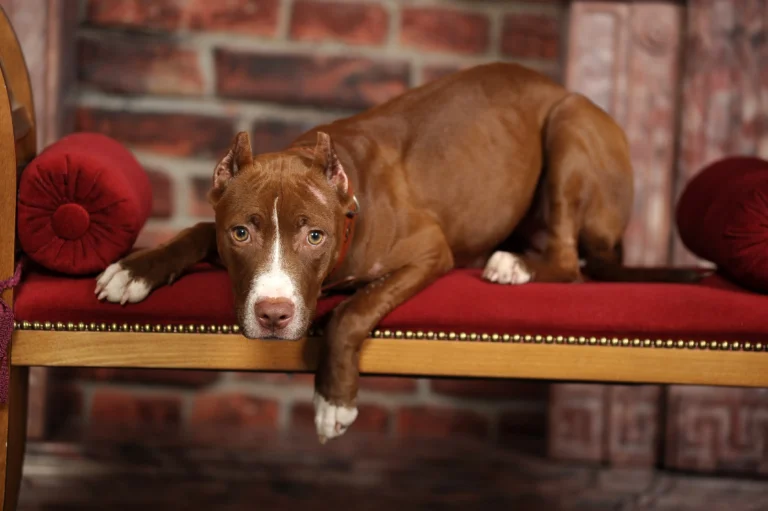
Leave a Comment